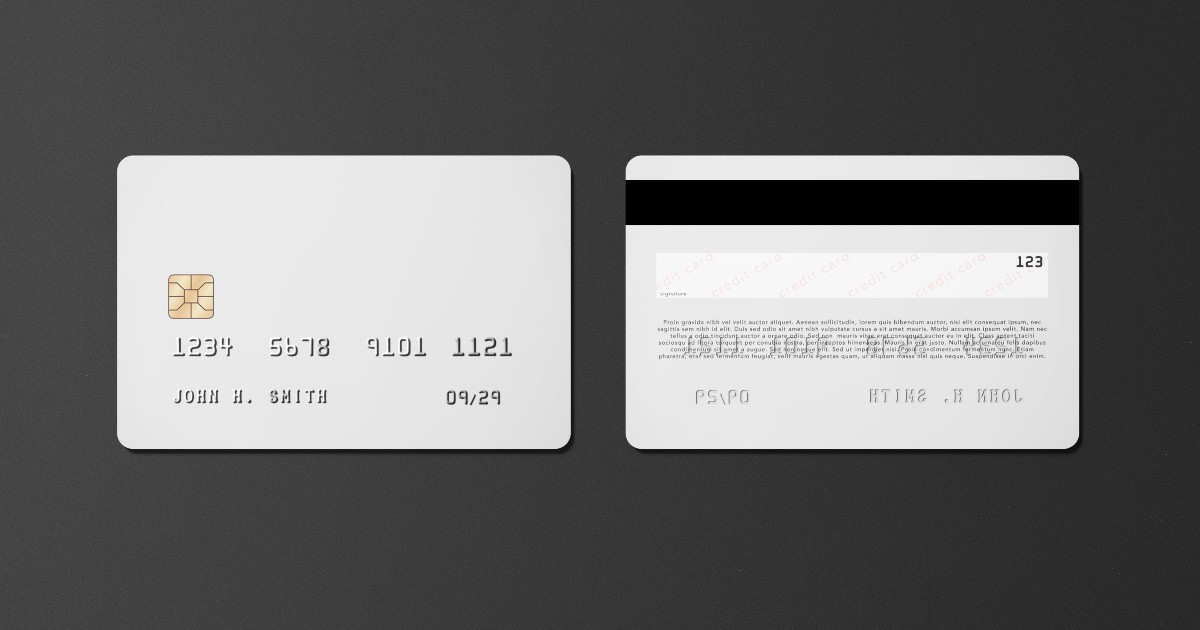
Explaining CESOP and what Ukrainian companies should know before expanding to EU market
On January 1, 2024 EU launched the Central Electronic System of Payment Information norm (or CESOP for short). It obliges payment service providers (psp) with international payment services focus within the EU to collect transaction data and report on them quarterly in the system mentioned above. Today I will tell you what it is and what Ukrainian fintech (and many more) operating on the EU market should be ready for.
History and reasons
The concept of implementing CESOP begins with a legislative act that was proposed by the European Tax Commission at the beginning of 2020 and gave the market the whole four (!) years to prepare for the new “game rules”.
I leave the full text in this link, but it’s not difficult to guess the reasons for such an initiative – the new system is supposed to fight VAT evasion schemes. In the EU, it ranges from 16% to 27% depending on the country, but the most common rates are 20-21%. And do you know how much money the European economy is undercounted annually? Quite a lot: in 2021 alone, the VAT deficit amounted to 61 bln EUR. A familiar situation, right?
CESOP is created as a unified register that collects data from each member state and allows their exchange, which greatly simplifies tracking and provides quick monitoring of schemes.
The main reason is clear, and therefore the main burden should fall on legal entities and individuals whose bank account data within the EU will become available to regulators. But who does the actual work and is a subject to oversight? That’s right, the actual responsibility lies precisely with banks and non-bank financial institutions, which have to collect all this data, transfer it and be held accountable by law in case of problems.
How VAT payment works in the EU
Previously, there was a rule in the EU that required registration for a merchant as a VAT payer if his sales turnover is more than 10,000 EUR (b2c transactions) to customers in EU countries. Now everyone has to register themselves.
To simplify VAT administration and to avoid registering as a VAT payer in each EU country separately, there’s One Stop Shop (OSS) system. This is an online service through which merchant companies can transfer information about a b2c transaction within the EU without the need for multiple registrations in each country. VAT payments payments for this cases are made quarterly.
The problem is that, even under all conditions, many people don’t want to pay VAT and take advantage of unaccounted nuances of supervision to optimize the tax burden. The new system covers the absolute majority of such “holes”.
What data will be transferred
The already existing register (the first one was provided by April 30, 2024) must contain information about the payer, the recipient, as well as about the international transaction itself. I would like to remind you that an international transfer is a payment in which the payer and the recipient are located in different EU member states – or if the recipient is registered in a third country.
The range of interests includes both direct debit payments (through SEPA and without), as well as credit ones, transactions using e-money, internet acquiring and ordinary money transfers.
But there’s an interesting point: this requirement comes into effect only when the payer is a EU resident, and the same recipient accepts more than 25 cross-border payments per quarter from him. How this will change the structure and duration of business relations between legal entities is a rhetorical question.
So, what exactly should be transferred:
- ID of the beneficiary’s payment institution (IBAN, BIC, etc.);
- Recipient information (name of legal entity, registered address, VAT number, account ID);
- Transaction details (transaction ID, currency, amount, exact date and time, country of origin, if necessary – chargeback information).
The data will be transmitted via Eurofisc – the international European anti-fraud network, which has been in operation since 2010. And if the business is an open book, then it is forbidden to collect and publish customer’s data (except for the country of origin, of course).
Nuances and examples
So, what scheme is the European Commission trying to break? First of all, it’s the case of changing the product category during online shopping.
- The merchant is physically located outside the EU;
- The merchant sells on the EU market without registration in one of the EU countries;
- After the purchase of the goods, the seller changes the category of the goods in order to reduce as much VAT as possible or completely eliminate it for the sold unit of the goods.
Thus, the main purpose of CESOP is to identify the recipient of a b2c payment (merchant) who has to pay VAT and to make an administrative impact on him, if such a payment hasn’t been collected.
According to the estimates of the tax commission, the new system in 2024 will process from 7 to 8 bln transactions and generate several million within these payments. Will it make it harder for businesses in the EU? Well, yes, and no. On the one hand, more reports will be added to a fairly bureaucratic system, and that’s bad. On the other hand, it will be a real problem only for “tax optimizers”: those who work in the legal field will quickly adapt and continue their work. Another algorithm is simply unnecessary in a civilized payment market.


